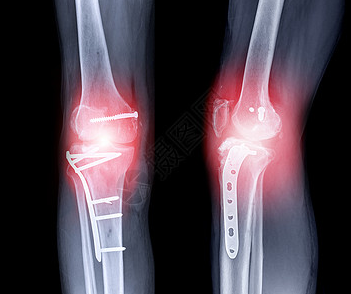Imagine diabetes silently weakening your bones, making them fragile. Check below to discover why and how to protect your bones.
Bone Density Concerns: The Impact of Diabetes on Bones
Diabetes can significantly affect bone density. Prolonged high blood sugar levels lead to metabolic disorders in the body, which in turn affect the deposition of minerals like calcium and phosphorus in the bones. Diabetics often experience insulin resistance or insufficient insulin secretion. Insulin plays a crucial role in bone metabolism. Lack of insulin reduces the activity of osteoblasts while relatively increasing the activity of osteoclasts. This results in a decrease in bone mass and a reduction in bone density. As bone density declines, bones become more fragile and are prone to fractures.
Neuropathy Risks: A Hidden Factor for Fracture Vulnerability
Neuropathy caused by diabetes is another important factor increasing the risk of fractures. Diabetic neuropathy can affect both sensory and motor nerves. When sensory nerves are damaged, patients become less sensitive to pain and temperature. This means that when they are subjected to external forces, they may not be able to detect it promptly and thus cannot take effective protective measures. Motor nerve damage affects muscle strength and coordination. As muscle strength weakens, the support and protection for bones diminish.
In unexpected circumstances, muscles are unable to respond promptly to stabilize the body, thus raising the probability of fractures.
Ocular Complications: Indirectly Heightening Fracture Risk
Ocular lesions in diabetics can also indirectly raise the risk of fractures. Diabetic retinopathy can impair a patient’s vision, making them prone to falls due to an inability to clearly see the surrounding environment while walking or moving. Such falls can then lead to fractures.
Vascular Changes: Implications for Bone Health and Fracture Healing
Vascular lesions in diabetics cannot be ignored. These changes can affect the blood supply to bones, leading to insufficient bone nutrition and impairing the repair and regeneration ability of bone tissue. Once a fracture occurs, the healing process may be slower and more difficult than in normal individuals.
In conclusion, diabetics are prone to fractures due to a combination of multiple factors. Understanding these reasons and taking appropriate preventive measures are essential for diabetics to reduce the risk of fractures and improve their quality of life. By actively controlling blood sugar levels, following medical advice, maintaining a balanced diet, engaging in moderate exercise, and regularly monitoring bone density and other aspects, diabetics can better protect themselves from the threat of fractures.




